Both interactive voice response (IVR) and automatic call distribution (ACD) can help your business handle more high-volume calls. Both automated systems can direct callers to the right employee and ensure the correct distribution of calls. To choose the right solution for your business, you need to understand the differences between IVR and ACD.
IVR v ACD: definitions
Interactive voice answering and automatic call sharing are phone automation tools that facilitate efficient call management. Both IVR and ACD can answer calls, distribute calls, and assist callers. Both systems also provide productivity assistance to employees and agents.
We will discuss how these systems work and how they differ from each other.
How does IVR work?
Many companies use IVR to streamline their business calls and facilitate efficient call management. Interactive voice answering is a voice menu that automatically answers incoming calls and assists callers. Specifically, the IVR greets the caller and provides menu options to identify the purpose of the call.
Callers select an option by entering the number using the dial pad. The IVR then directs them to another option or forwards them to the correct department or agent. In fact, some advanced IVR menus may even allow callers to perform predefined actions, such as:
- Activate a service or account
- Process payments
- Send callers voicemail
- Save your complaint
- Provide company and product information
The IVR system ensures that callers reach the right department or solve problems themselves. In fact, some callers may not even communicate with the agent or employee. This frees employees from dealing with more complex issues and concerns. It can also save companies money by hiring employees, as customers can solve most problems themselves through a voice answering system. Finally, advanced IVR systems can even store and transmit real-time statistics for tracking and examining critical KPIs.
Let us now understand ACD
ACD works similarly to IVR. However, automatic call forwarding directs calls to the correct agent or department according to predefined rules. These rules can be based on various parameters, such as the area code or call location, the time the call arrived, the skills required, and so on.
ACD splits calls according to the rules entered by the account manager. These terms and conditions determine how calls are routed. Some common routing strategies include:
- Round robin: Distributes calls evenly between agents so that no one is overloaded or underloaded.
- Least busy agent: Sends calls to the least busy agent to make sure everyone is doing the same amount of work.
- Simultaneous ringing: Diverts incoming calls to several phone numbers in the hunting group at the same time so that no call is missed.
- Programmed distribution: Directs calls according to specific rules, such as caller location, call time, customer-agent history, language skills, etc.
IVR versus ACD: difference
The terms IVR and ACD are often used interchangeably as if they were the same systems. However, they are not. Specifically, the IVR is part of the ACD and can perform a variety of tasks within the system. So how are they different?
| Interactive Voice Response | Automatic Call Distribution |
|---|---|
| This technology allows users to obtain information from the telephone system. Users must enter preferences. | This technology automatically routes calls to employees, agents, or departments according to predefined rules. |
| When receiving a call, the IVR provides the caller with options and menus. | When receiving a call, the ACD system uses the Dialed Number (DNIS) system to check the call processing rules. |
| This system can perform various application functions, such as activating services, searching for customer information, and so on. | The IVR system operates in the ACD system. |
| Communication with employees is not necessary. | When it is necessary to communicate with an employee, the ACD starts to forward the call to the correct employee. |
| This is offered by both telephone service providers and virtual telephone service providers. | This is also offered by both telephone service providers and virtual telephone service providers. |
Conclusion
What is Best for Your Organization?
More than their differences, IVR and ACD systems complement each other. Together, these systems can provide a powerful business telephony solution. They help you manage your calls and high call traffic, while ensuring that you don't lose valuable customers. After all, a well-managed phone system can help you provide fast and efficient customer service. Cloud or virtual call center software helps you use both IVR and ACD in your office phone system. Call us today to learn how to use a cloud IVR system to provide better customer service!


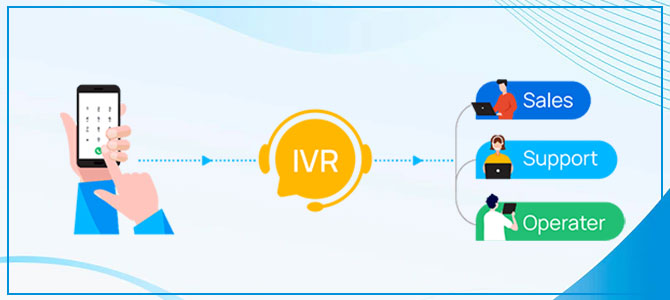
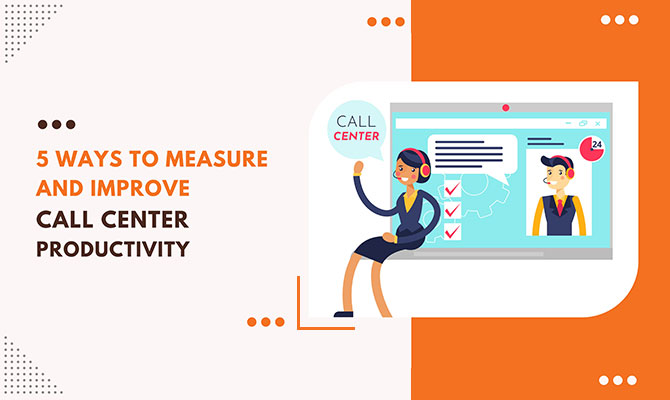



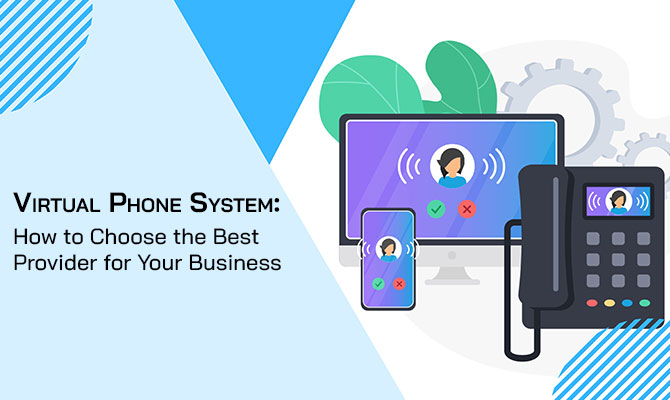




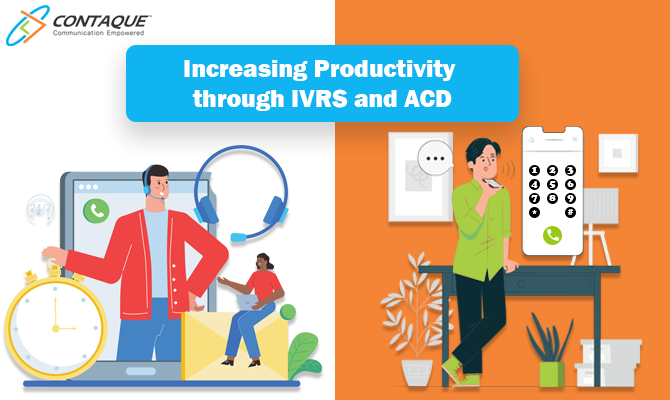

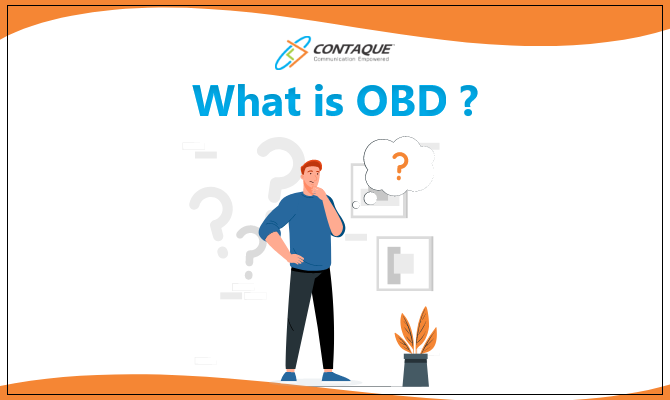
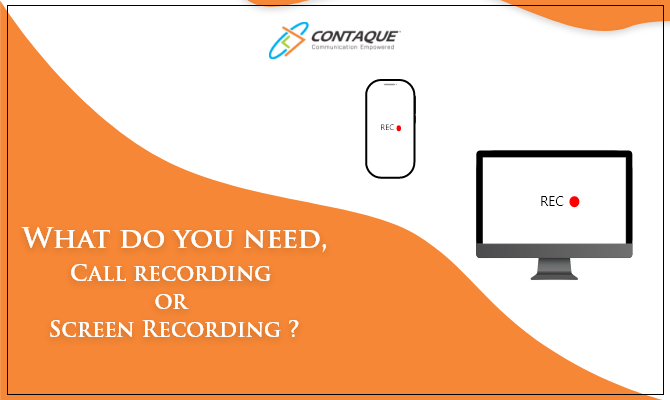







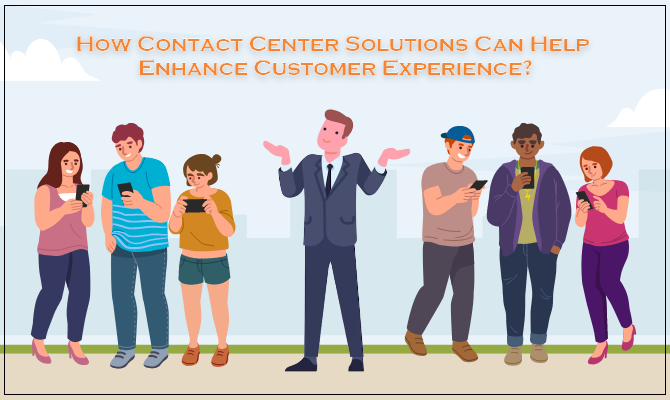







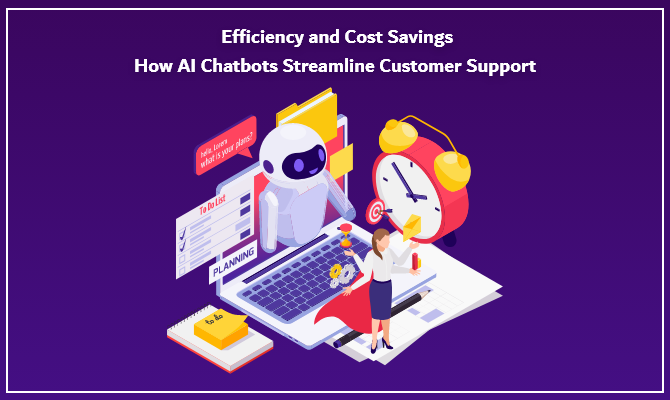



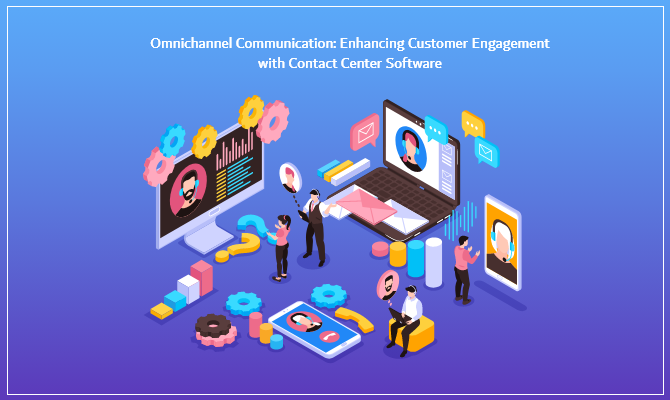






All Comments